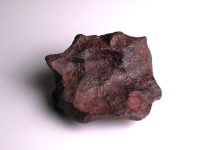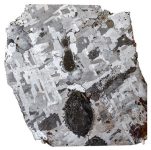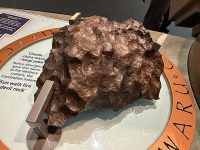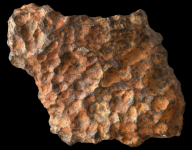Henbury
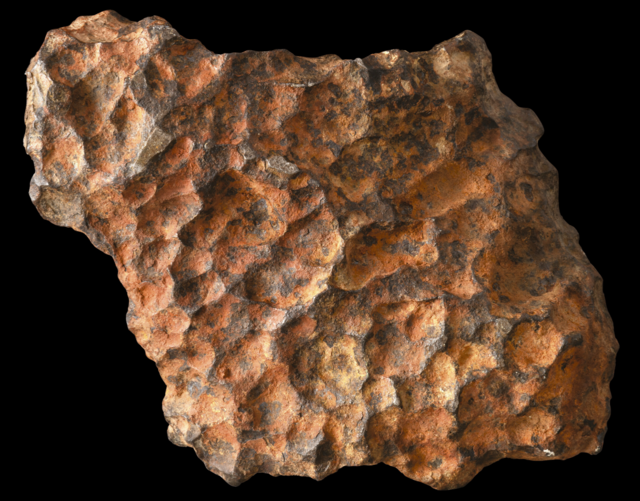
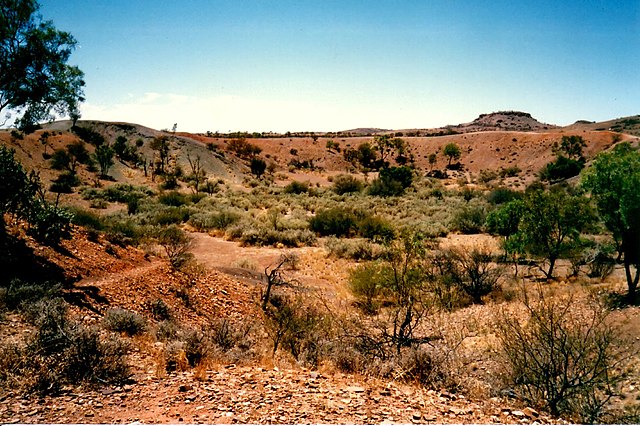
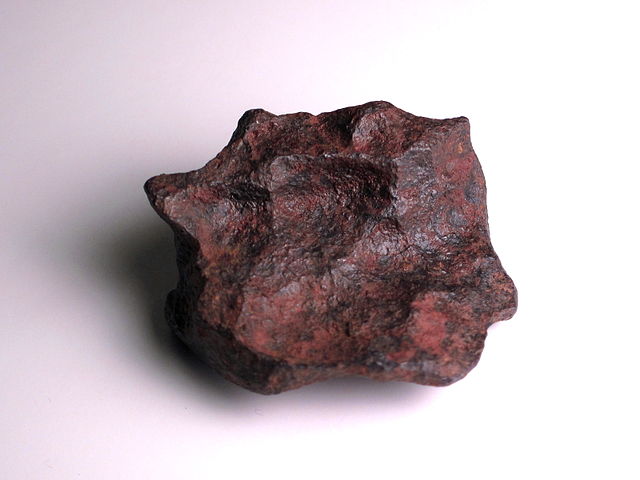
Henbury
The Henbury Meteorite Field, located in the Northern Territory of Australia, is a significant site comprising multiple impact craters formed by the Henbury meteorite fall. This meteorite field is notable for its well-preserved craters and the scientific insights it provides into impact cratering processes, meteorite composition, and the effects of extraterrestrial impacts on Earth’s surface.
Discovery and History
The Henbury Meteorite Field was discovered by European settlers in the late 19th century, although the meteorite fall itself is estimated to have occurred around 4,700 years ago. The discovery of the craters and associated meteorite fragments led to scientific investigations and studies into the impact event and its geological implications.
Meteorite Fall and Impact
The Henbury meteorite fall involved the fragmentation of a large meteoroid or asteroid upon entering Earth’s atmosphere. The fragments, known as meteorites, scattered over an area in what is now the Henbury Meteorite Field, forming multiple impact craters of varying sizes.
Recovery and Classification
Efforts to recover and classify the Henbury meteorites began shortly after their discovery. The meteorites found at Henbury are classified as nickel-iron meteorites, specifically belonging to the octahedrite group. These meteorites are composed primarily of iron and nickel, with characteristic Widmanstätten patterns formed during their cooling process in space.
Composition and Structure
The Henbury meteorites share common characteristics typical of iron meteorites, providing valuable insights into their origin and the processes they underwent before reaching Earth’s surface.
Iron-Nickel Alloy
Henbury meteorites are composed predominantly of an iron-nickel alloy, with iron making up approximately 90-95% of their composition and nickel comprising the remaining 5-10%. This composition is typical of iron meteorites, suggesting that Henbury originated from the metallic core of a differentiated asteroid or protoplanet.
Widmanstätten Patterns
One of the distinctive features of Henbury meteorites is the presence of Widmanstätten patterns. These intricate patterns, visible when the meteorite is etched with acid, reveal a geometric arrangement of kamacite and taenite crystals. The patterns provide insights into the cooling history of the meteorite within its parent body, indicating slow cooling rates over millions of years in the cold depths of space.
Geological and Astronomical Significance
The Henbury Meteorite Field holds significant scientific importance due to its well-preserved impact craters and the insights it offers into impact cratering processes and meteorite characteristics.
Impact Craters
The Henbury Meteorite Field features a cluster of impact craters, with the largest crater measuring approximately 180 meters in diameter and up to 15 meters in depth. The craters exhibit characteristic features such as raised rims, central peaks, and ejecta blankets, which provide evidence of the explosive impact event and subsequent geological modifications.
Shock Metamorphism
The impact of the Henbury meteorites generated shock waves that caused significant metamorphism in the local rocks and sediments. This shock metamorphism is evident in the deformation and fragmentation of minerals within the crater walls and surrounding area, providing valuable insights into the forces involved during impact events.
Scientific Research
Studies of the Henbury Meteorite Field have contributed to our understanding of impact cratering processes, meteorite dynamics, and the environmental effects of extraterrestrial impacts on Earth’s surface. Research at Henbury continues to inform studies related to planetary science, asteroid impacts, and the potential hazards posed by near-Earth objects.
Cultural and Educational Value
Beyond its scientific significance, the Henbury Meteorite Field holds cultural and educational value, serving as a natural laboratory for studying impact processes and meteorite dynamics.


